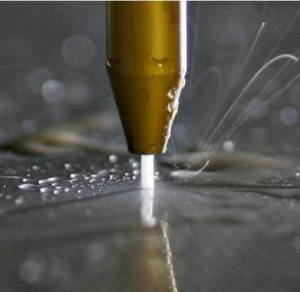Common Metal Cutting Methods
The first step in metal processing is cutting, which involves simply trimming the raw material or separating it according to the desired shape to obtain a workpiece. Common metal cutting methods include grinding wheel cutting, sawing, flame cutting, plasma cutting, laser cutting, and water jet cutting.
1.Grinding Wheel Cutting
The use of a high-speed rotating grinding wheel to cut steel is a relatively common cutting method. Grinding wheel cutting machines are lightweight, flexible, simple, and convenient to use, making them widely used in various settings, especially on construction sites and in interior renovations. They are primarily used for cutting small-diameter square tubes, round tubes, and shaped pipes.
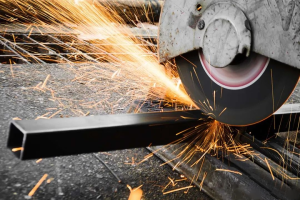
2.Saw Cutting
The method of cutting or slotting a workpiece or material using a saw blade is called sawing. Sawing is carried out using a metal band saw. Since cutting materials is a fundamental requirement in metalworking, band saws are standard equipment in the machining industry. During the use of a band saw, it is necessary to select the appropriate saw blade based on the hardness of the material and adjust the optimal sawing speed accordingly.
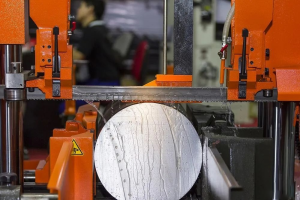
3.Flame Cutting (Gas Cutting)
The process of flame cutting involves heating the metal through a chemical reaction between oxygen and hot steel, causing it to soften and eventually melt. Acetylene or natural gas is commonly used as the heating gas.
Flame cutting can only cut carbon steel plates and is not suitable for other types of metals, such as stainless steel or copper and aluminum materials.
The advantages of flame cutting are its low cost and the ability to cut thicknesses up to two meters. The disadvantages are a large heat-affected zone and significant thermal deformation, rough cut surfaces, and often slag hanging. Considering subsequent processing, more material allowance should be left.
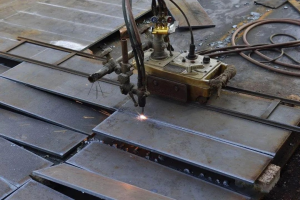
4.Plasma Cutting
Invented in the 1950s, plasma cutting is a process that uses the heat of a high-temperature plasma arc to locally melt (and vaporize) the metal at the cutting point, with the molten metal being blown away by the momentum of the high-speed plasma to form the cut.
Plasma cutting is typically used for materials with a thickness of less than 100mm. Unlike flame cutting, plasma cutting is much faster, especially when cutting thin carbon steel plates, where the speed can reach 5 to 6 times that of oxy-fuel cutting. It also produces clean cut surfaces with minimal thermal deformation and a smaller heat-affected zone. Plasma cutting is not limited to carbon steel; it is suitable for stainless steel, copper, aluminum, nickel, titanium, and other metals.
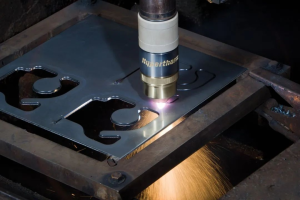
5.Laser Cutting
Laser cutting uses a high-energy laser beam to heat, locally melt, and vaporize metal to achieve cutting. It is commonly used for efficient and precise cutting of thin steel plates (less than 30mm).
Laser cutting offers exceptional cutting quality: it not only has a high cutting speed but also achieves high dimensional accuracy (up to ±0.05mm). The laser beam acts on a very small area, resulting in a minimal heat-affected zone and virtually no deformation of the workpiece.
In terms of cutting quality, laser cutting is superior to plasma cutting; however, plasma cutting is faster than laser cutting.
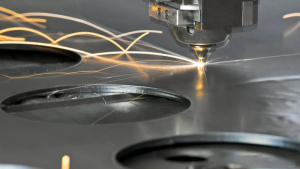
6.Water Jet Cutting
Water jet cutting is a processing method that uses high-pressure water flow to cut metal. With ongoing technological advancements, abrasive materials such as garnet or aluminum oxide are added to the high-pressure water to enhance cutting speed and thickness capabilities (up to 200mm). The precision of water jet cutting can reach ±0.4mm or higher.
Water jet cutting can perform precise single-pass cutting of any material into any shape. Since the medium is water, the main advantage of water jet cutting is that the heat generated during the cutting process is immediately carried away by the high-speed water jet, resulting in no thermal effects. This makes it suitable for cutting even sensitive materials like explosives.
